Spanish Governor’s Palace
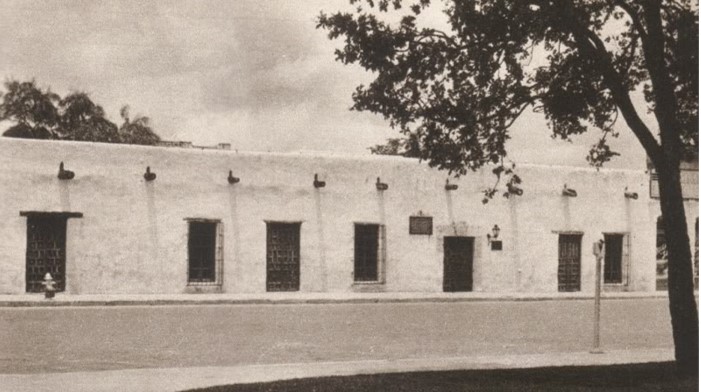
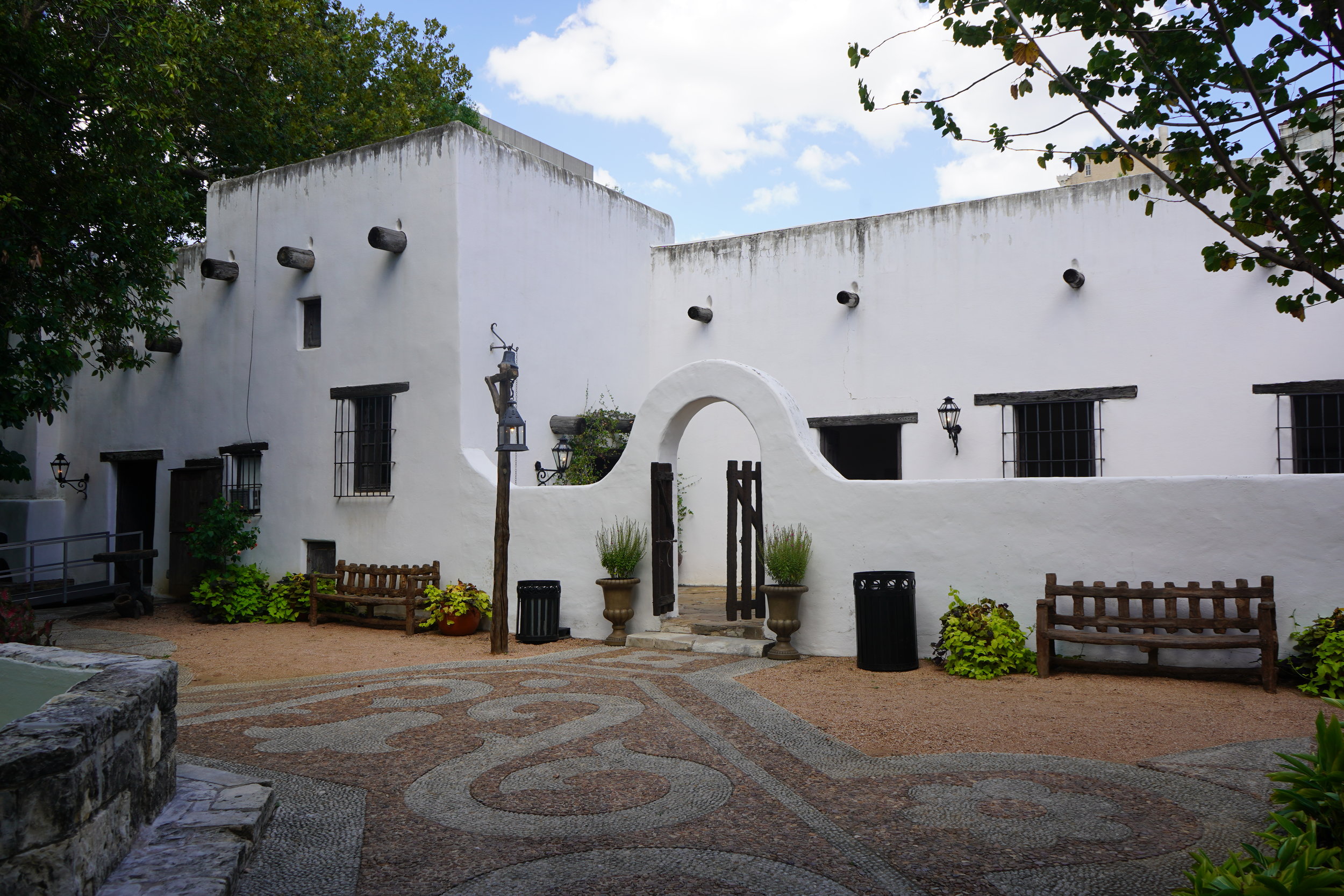
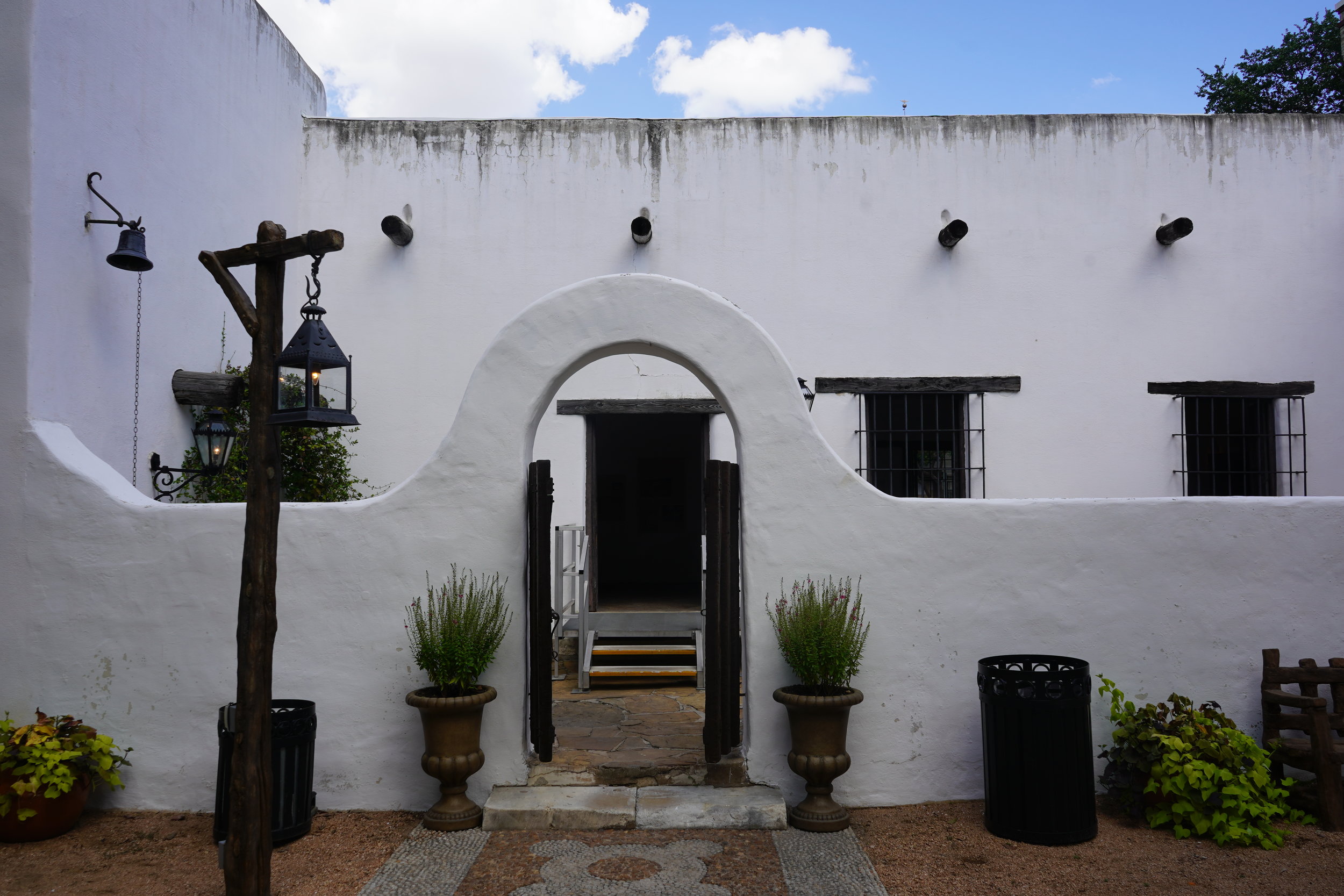
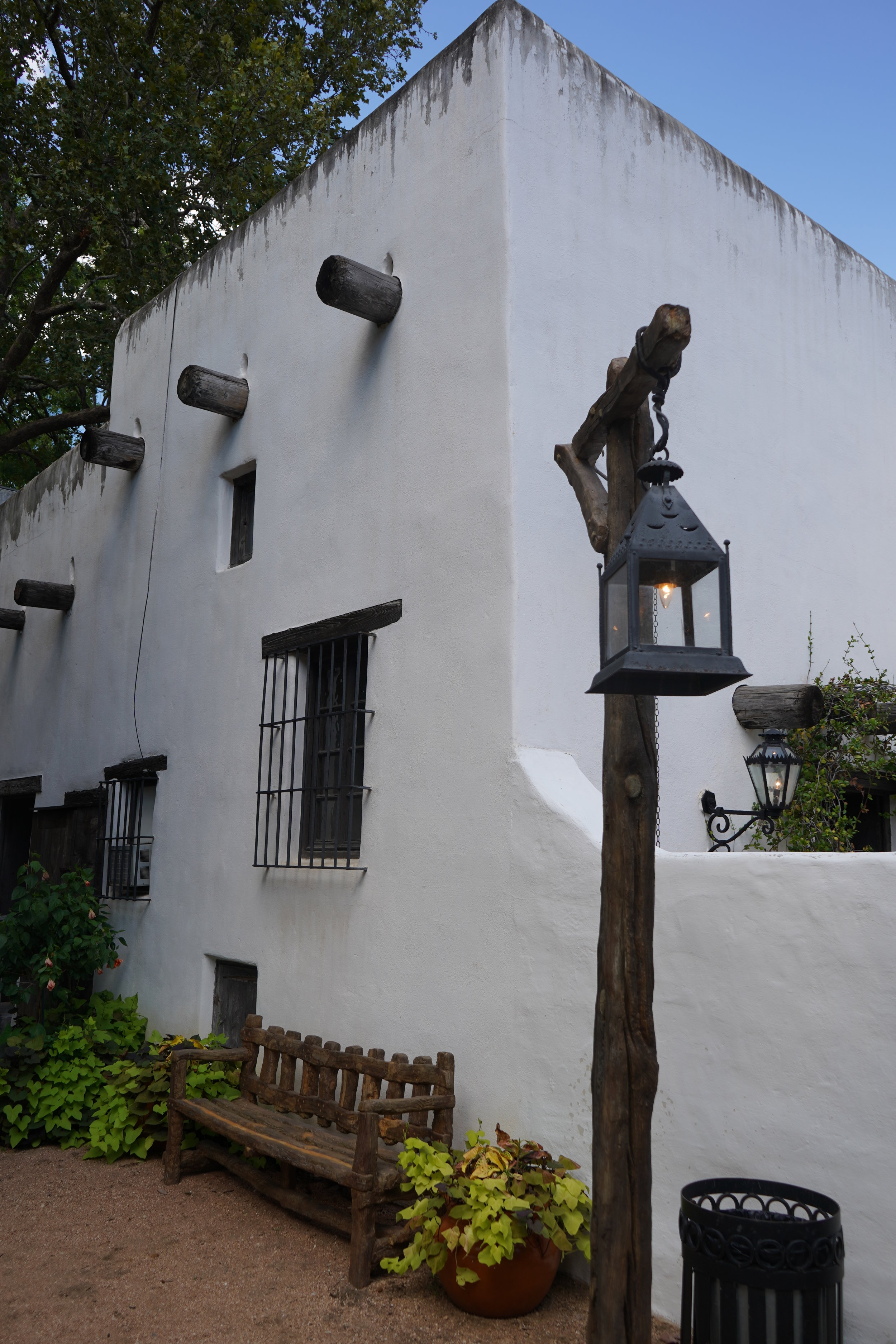
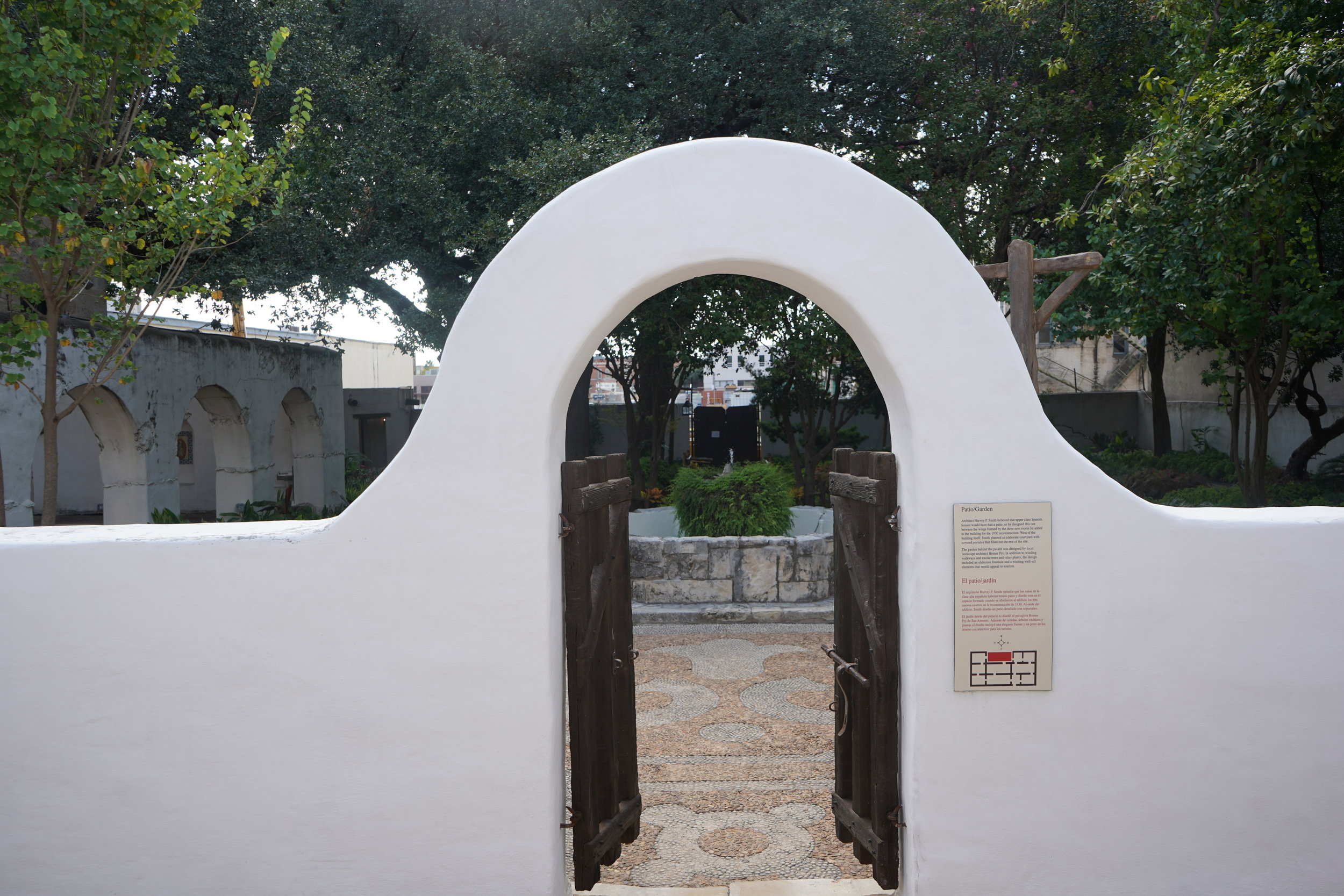
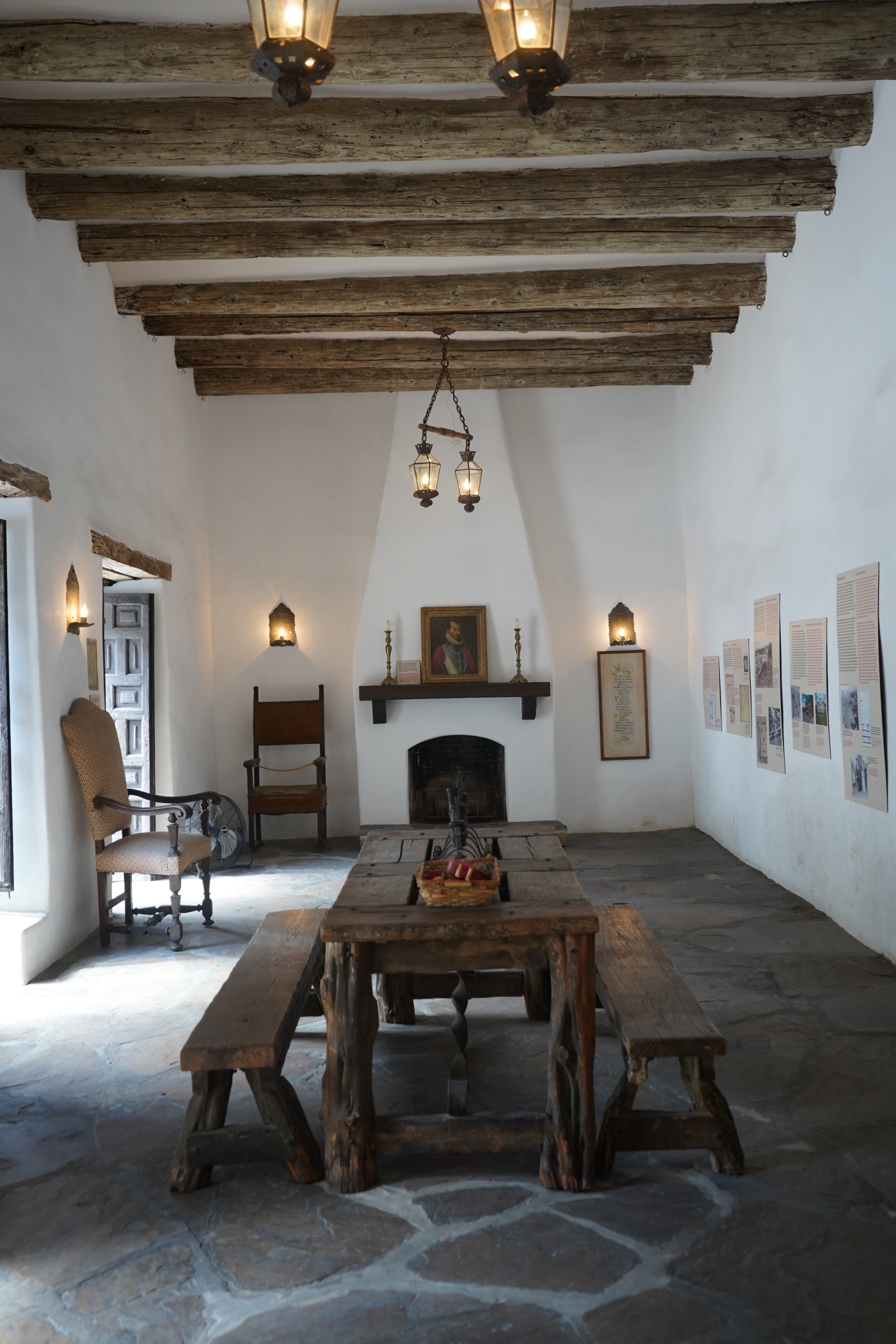
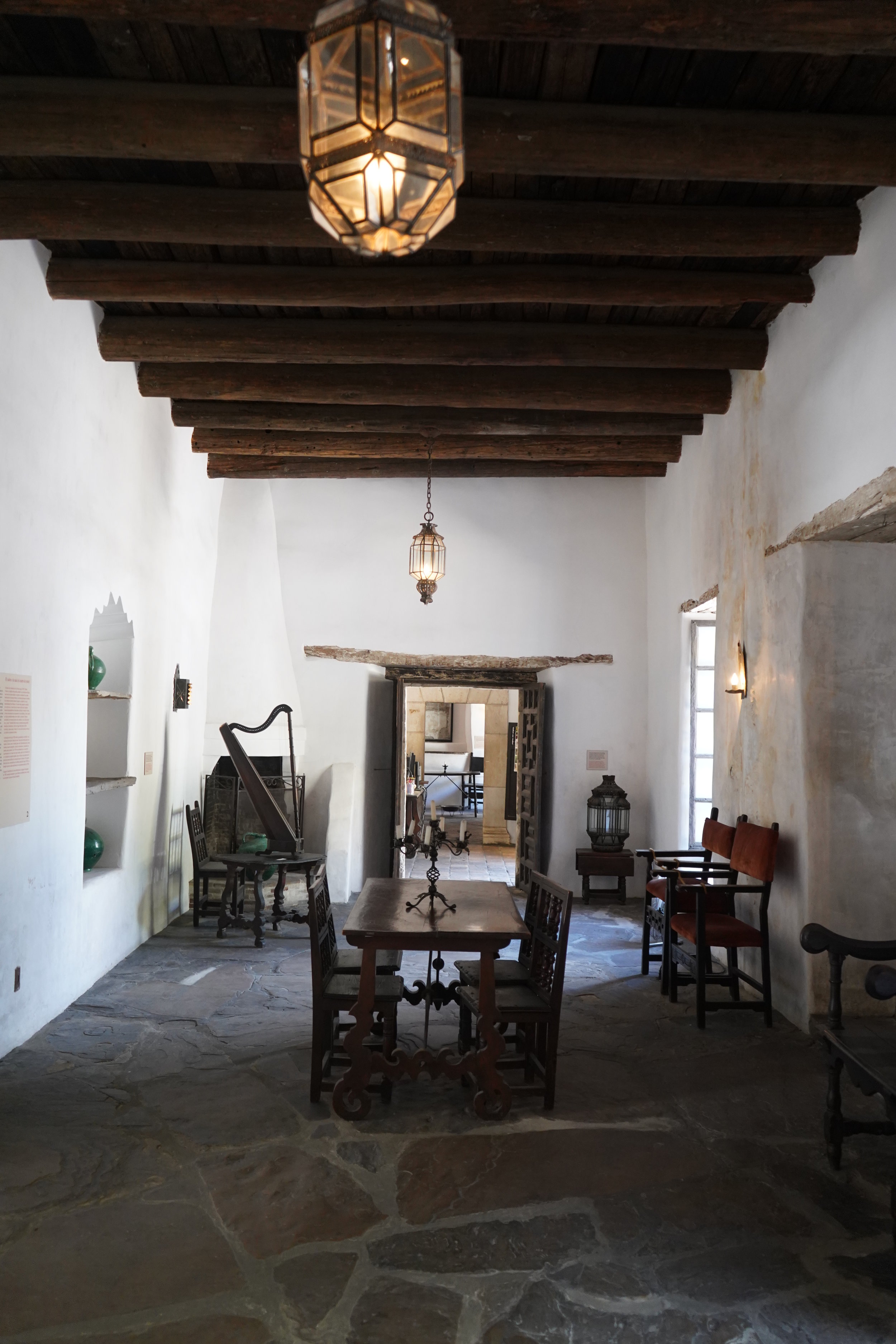
105 Military Plaza
This one-story, flat-roofed stone structure was built as a residence and headquarters for the captain of the Presidio de Bexar. It is designated on a 1766 map as the casa del capitán and was referred to in Spanish times by the similar term comandancia. The building was given its more glamorous but apocryphal designation as the palace of the Spanish governor himself by San Antonio’s romantic pioneer preservationist Adina De Zavala. In 1915 she began an emotional campaign to save and restore the dilapidated building, extensively altered and neglected throughout the nineteenth and early twentieth centuries while used as a residence and for commercial space. De Zavala and her Texas Historical and Landmarks Association recognized the structure’s significance by a front doorway’s keystone date of 1749. Other groups, including the newly formed San Antonio Conservation Society, joined De Zavala’s cause, and the city, aided by the popularity of the Spanish Colonial Revival movement in the Southwest, purchased the building with voter-approved bonds in 1929. In the absence of virtually any historical documentation of the building’s design or of its architectural history, architect and avocational historian Harvey P. Smith traveled to Santa Fe, New Mexico to study its Governor’s Palace for inspiration. He then drew reconstruction plans and supervised the San Antonio project, dedicated in 1930. Wooden entry doors were carved by the noted Austin craftsman Peter Mansbendel. What is now universally referred to as the Spanish Governor’s Palace is one of San Antonio’s earliest historic preservation successes. It is owned by the City of San Antonio and operated as a museum.
‘San Antonio Architecture, Traditions and Visions’, AIA San Antonio, 2007